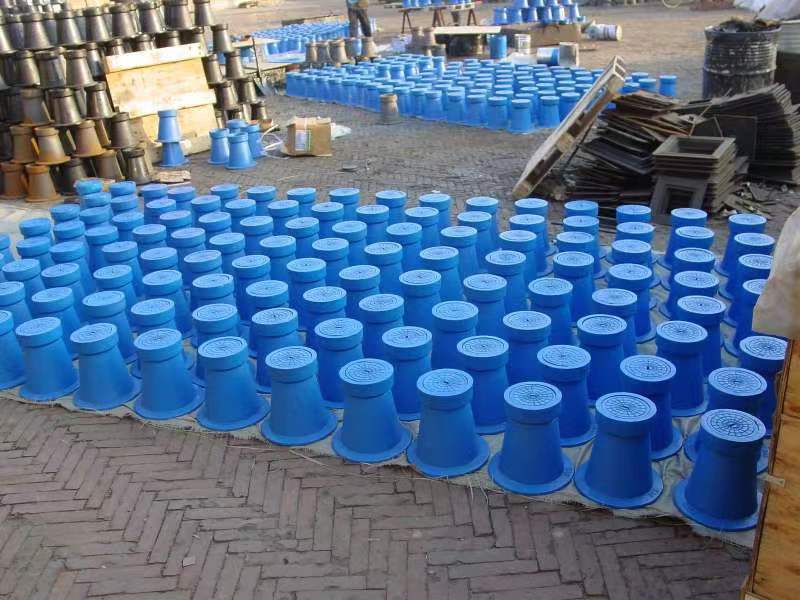High Temperature Resistant Butterfly Valves for Enhanced Performance and Reliability
High Temperature Butterfly Valves An Essential Component for Modern Engineering
In the world of industrial applications and process management, the need for efficient and reliable control systems is paramount. Among the various types of valves used in these sectors, high temperature butterfly valves stand out due to their robust design, versatility, and suitability for extreme conditions. This article delves into the features, applications, and advantages of high temperature butterfly valves.
Understanding Butterfly Valves
Butterfly valves are quarter-turn rotational valves that can be used for isolation or regulation of flow. They consist of a circular disc or a butterfly which rotates within the seat to either allow or prevent flow. When the valve is fully opened, the disc is parallel to the flow, causing minimal resistance and allowing for a smooth passage of fluids. This design makes butterfly valves particularly efficient in applications involving large flows with lower pressure drops.
High Temperature Capabilities
High temperature butterfly valves are specifically designed to withstand elevated temperatures, making them ideal for industries such as oil and gas, petrochemical, and power generation. These valves are typically constructed from materials that can endure thermal stress, such as various grades of stainless steel, exotic alloys, or specially engineered plastics. Additionally, high-temperature seals and gaskets are utilized to ensure leak-proof operation while maintaining integrity under extreme conditions.
The operating temperature for high temperature butterfly valves can vary widely, often reaching up to 450°C (842°F) or more, depending on the material specifications. This capability allows them to be used in applications that involve steam, corrosive substances, or other processes that generate significant heat.
Key Applications
1. Power Generation High temperature butterfly valves are crucial in steam lines and heat exchangers, where they control the flow of steam and other high-temperature fluids. Proper selection and maintenance of these valves ensure optimal efficiency and safety in power plants.
2. Chemical Processing In chemical manufacturing, processes often involve extreme heat and aggressive fluids. High temperature butterfly valves are essential for managing the flow of reactants and products, helping to maintain the desired thermal conditions.
high temperature butterfly valves

3. Oil and Gas Industry These valves play a significant role in both upstream and downstream operations. From extraction to refining, they help control the flow of various hydrocarbons, ensuring that processes operate smoothly and safely at elevated temperatures.
4. Food and Beverage In food processing, maintaining hygiene and temperature control is critical. High temperature butterfly valves ensure that processes such as pasteurization are efficiently managed while complying with strict sanitary standards.
Advantages of High Temperature Butterfly Valves
- Compact Design Butterfly valves require less space than other types of valves, making them suitable for installations in confined spaces without sacrificing performance.
- Low Pressure Drop Their design minimizes flow resistance, leading to lower energy consumption and operational costs. This efficiency is particularly important in large-scale applications.
- Durability and Reliability Constructed from high-quality materials, these valves can withstand harsh environments, reducing the need for frequent replacements and maintenance.
- Versatility They can be used for various media, including liquids, gases, and slurries, making them adaptable for numerous applications across different industries.
- Ease of Operation The quarter-turn mechanism allows for quick opening and closing, which is beneficial for systems requiring prompt response times.
Conclusion
High temperature butterfly valves are an indispensable component in modern industrial processes. Their ability to operate under extreme conditions while providing excellent flow control makes them suitable for a wide range of applications. As industries continue to evolve and demand more efficient solutions, the relevance of high temperature butterfly valves will only increase. Proper selection, installation, and maintenance of these valves are crucial in ensuring that systems operate safely and efficiently, thereby contributing to overall productivity and performance in various sectors. Investing in high temperature butterfly valves not only ensures compliance with industry standards but also enhances the longevity and reliability of crucial industrial operations.
-
The Smarter Choice for Pedestrian AreasNewsJun.30,2025
-
The Gold Standard in Round Drain CoversNewsJun.30,2025
-
The Gold Standard in Manhole Cover SystemsNewsJun.30,2025
-
Superior Drainage Solutions with Premium Gully GratesNewsJun.30,2025
-
Superior Drainage Solutions for Global InfrastructureNewsJun.30,2025
-
Square Manhole Solutions for Modern InfrastructureNewsJun.30,2025
-
Premium Manhole Covers for Modern InfrastructureNewsJun.30,2025
